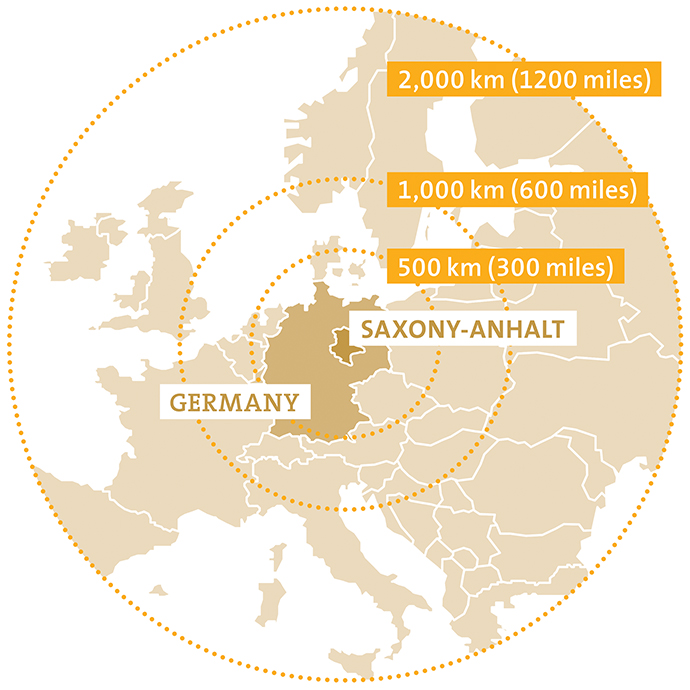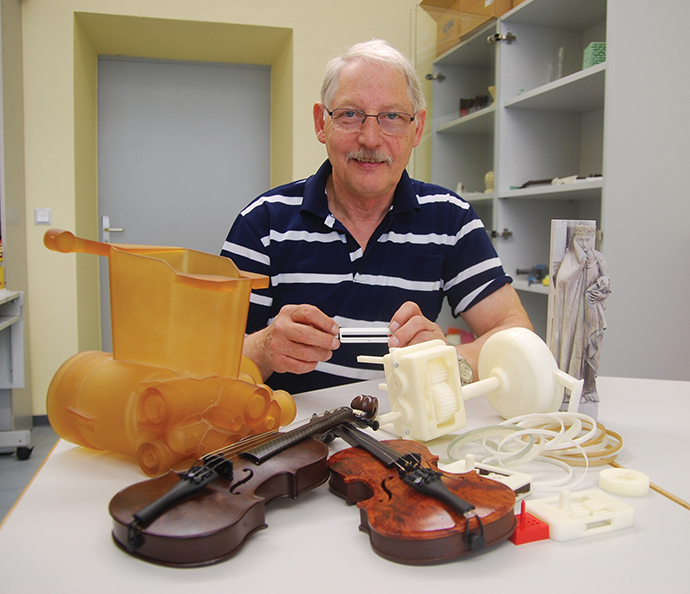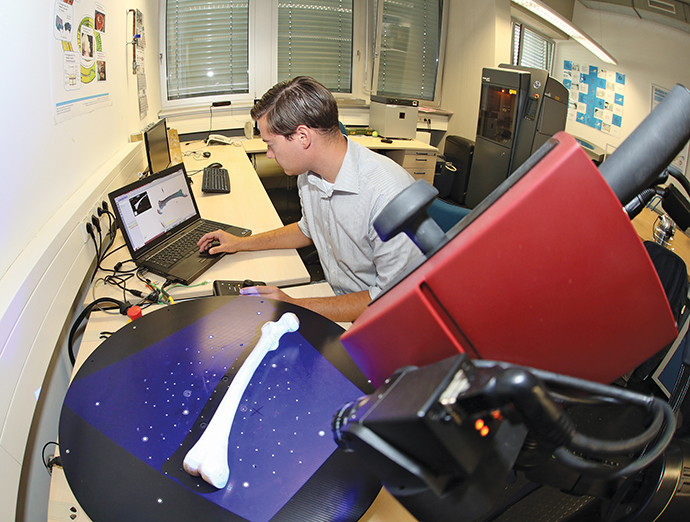Every few centuries, the people of the central German state of Saxony-Anhalt get bored and decide to change the world.
In the 16th Century, a priest, grown tired of the way things were, nailed his Ninety Five Theses to the door of a cathedral and changed the world of Western faith forever.
In the early 20th Century, an architect named Gropius established the Bauhaus and turned the worlds of design, art and architecture upside down.
And in the 21st Century, the restless minds of Saxony-Anhalt have decided it’s time to make the world wobble slightly on its axis again. They, before much of the rest of the world jumped on the bandwagon, saw the potential for “additive manufacturing” (which most of us just call 3D printing) and ran with it.
A recent EY study of additive manufacturing revealed that Germany in general and Saxony-Anhalt in particular have indeed run with it. A full 37 percent of German companies already have experience with 3D printing. By comparison, 24 percent of firms in South Korea and China use 3D printing. In the United States the figure is a mere 16 percent.
Innovating Tomorrow
In Saxony-Anhalt, one of the Industry 4.0 innovation centers in Europe, pioneering minds are blazing new trails in 3D printing. In this entrepreneurially intellectual environment, two companies stand out as examples: citim and M3DP.
Citim, born as a technology-endowed startup at Otto-von-Guericke University in 1996, quickly became one of the world’s leading providers in the 3D printing of metal parts. It specializes in manufacturing prototypes, small and specialist series parts for air and space travel, medical technology, and components for the automotive sector.

The company headquartered in Barleben in the heart of Saxony-Anhalt in 2013 opened its first US plant in Kennesaw, Georgia, not far from where this magazine is published.
Managing Director Andreas Berkau says the Saxony-Anhalt location gives citim proximity to the brain pool of universities, technical colleges and research organizations that nourish the company’s growth.
M3DP, another beneficiary of Saxony-Anhalt’s latest wave of innovators, develops and prints patient-specific medical products and specializes in arterial waveforms with real subsidence based on CT images. This breakthrough medical technology enabled M3DP to win the Hugo Junkers Award for research and innovation in 2013 and again in 2014.
“The most important reason that we are here in Saxony-Anhalt is the strong relationship between the technical university and the clinical user,” says Axel Boese, co-founder of M3DP. “We have a good relationship with the technical departments like mechanical or electrical engineering, and the clinics. We are on both sides. We are more mechanical engineers, but with medical data. We use clinical data sets, computed tomography (CT), and MRI scans as a basis for producing real structures — which are three-dimensional models of things like bones, ears, noses — all based on medical imaging.”
Boese says that “what is important to us is the long history of 3D printing in the region. They have been on the forefront of developing materials for 3D printing in Saxony-Anhalt. There are companies here with long experience working with different materials, metals and plastics that are used in 3D printing.”
Boese adds that “Saxony-Anhalt has all the resources we need to scale up. It enables us to focus on the service itself. Medical data management and security are our biggest areas of knowledge and expertise. Support from IMG is also important because when you want to scale up in this industry sector, you need a lot of money.”
Universal Appeal
Another important player in the growth of additive manufacturing in Saxony-Anhalt is the Merseburg University of Applied Sciences. The university runs an incubator for rapid prototyping and processing of composite materials.
Professor Dietmar Glatz at the university has been working in the area of rapid prototyping since 1992. Currently, he is pushing ahead with funding for a joint project between the university and the Fraunhofer Institute in Halle on the development of long-fiber-reinforced printable materials that offer unprecedented levels of strength.

An expert in plastics, Glatz believes that the level of research and development in Saxony-Anhalt in additive manufacturing ranks in the top third in all of Germany. “Leaders at the state and in the universities early-on recognized the considerable potential of additive manufacturing, and support and encourage any activities in this area, especially by investing in new production facilities. That support means upgraded facilities and more research projects.”
Innovation. Support. Skilled labor. There are so many reasons innovative companies flock to Saxony-Anhalt. The culture of willingness to change the world is just one of them.
This Investment Profile was prepared under the auspices of the Investment and Marketing Corp. of Saxony-Anhalt (IMG). For more information, contact Kristin Gabor, Regional Manager, North America, at +49 391 568 9922 or by email at kristin.gabor@img-sachsen-anhalt.de. On the Web, go to www.invest-in-saxony-anhalt.com

